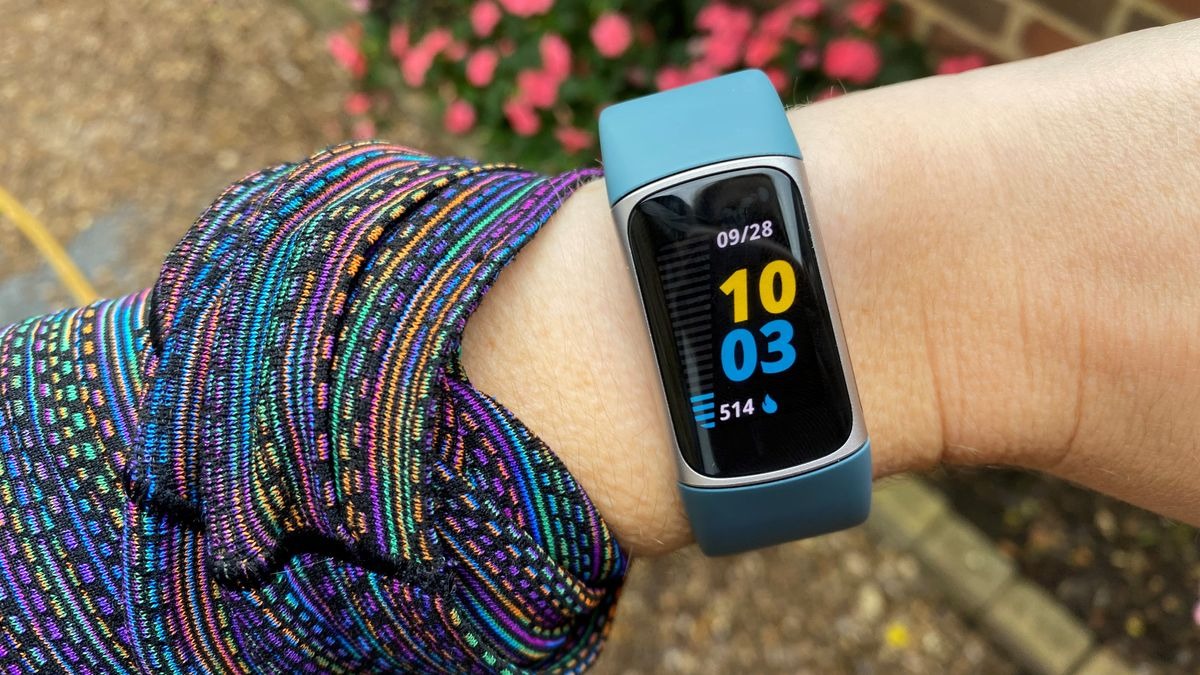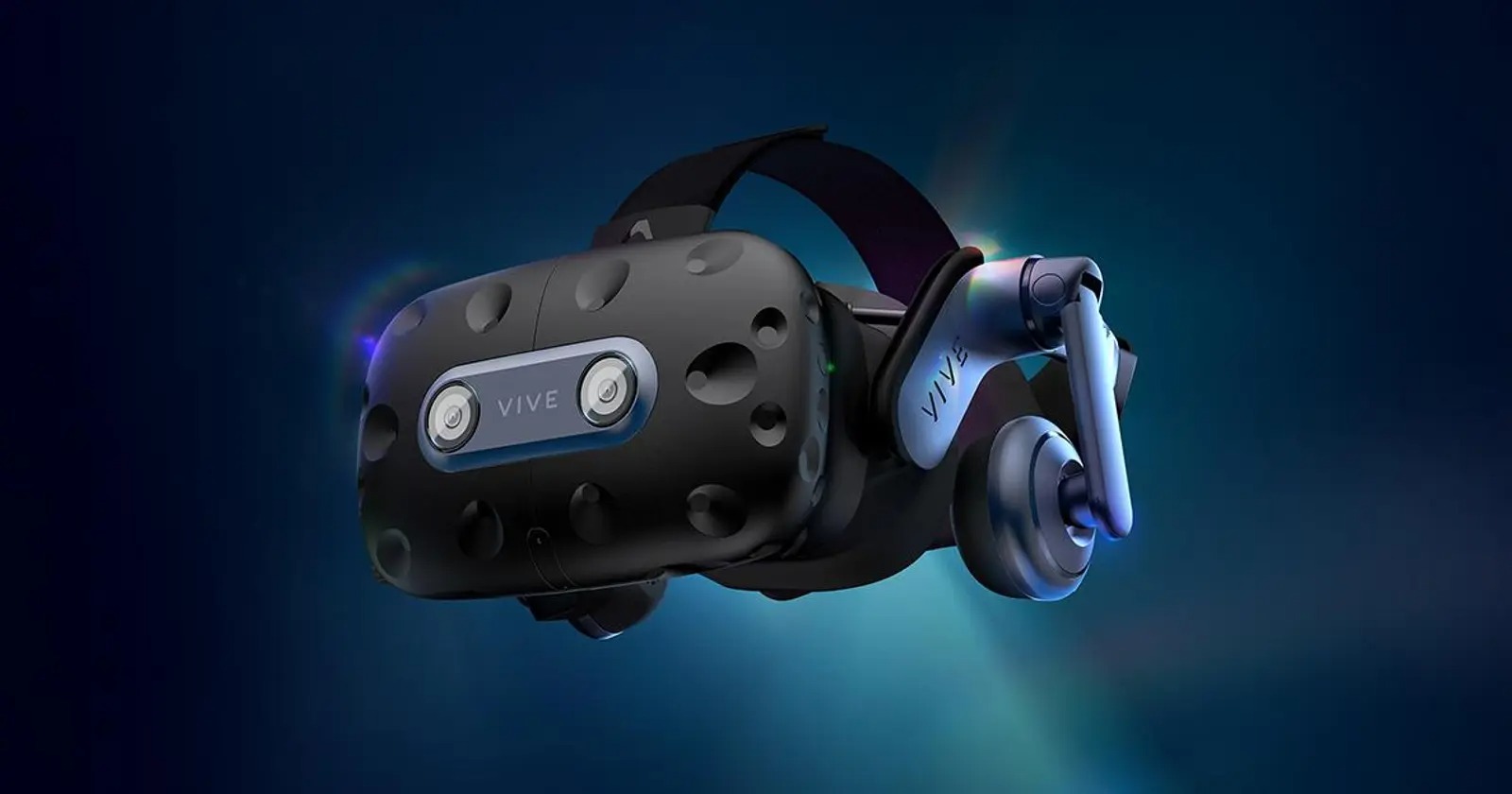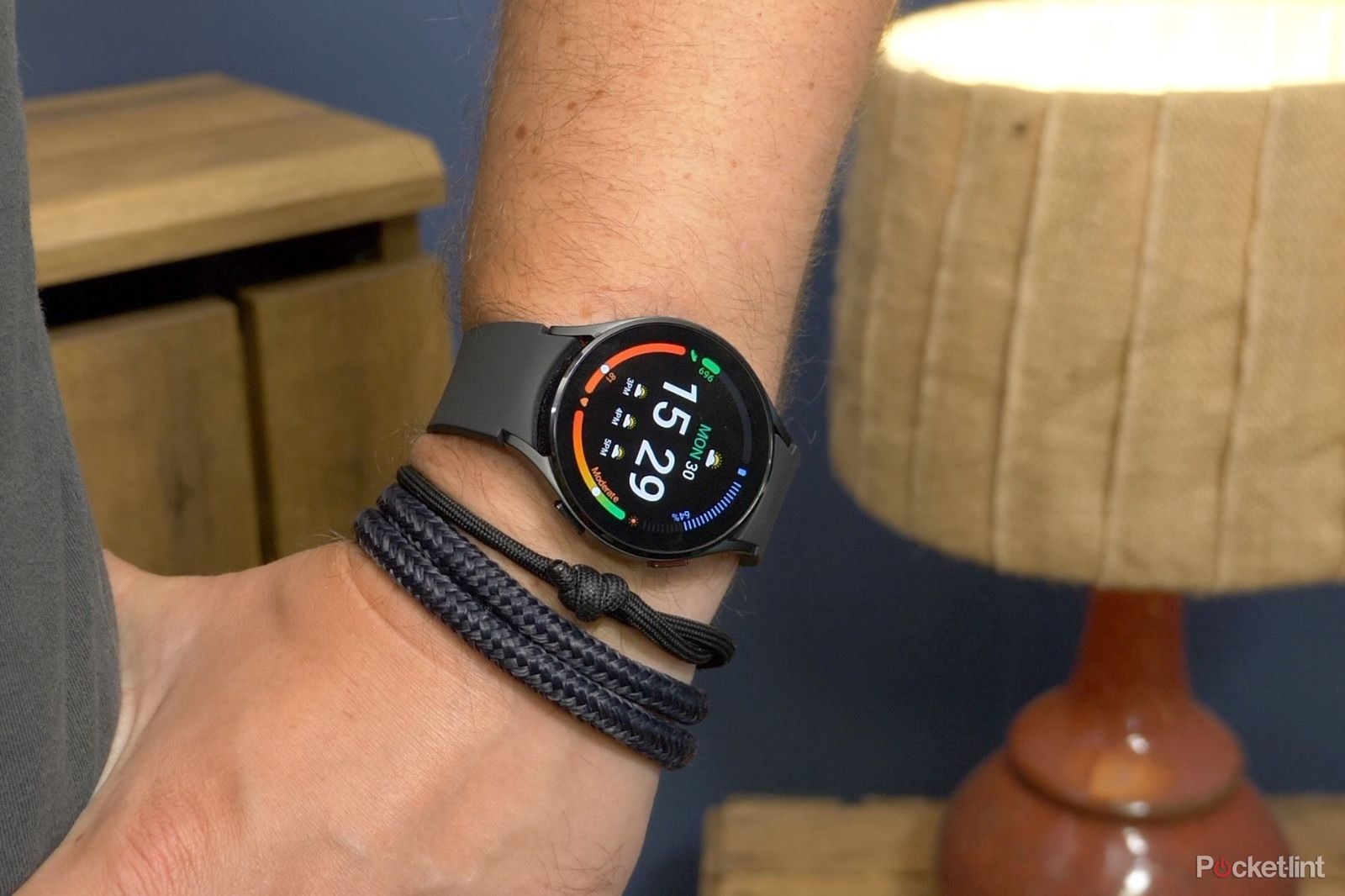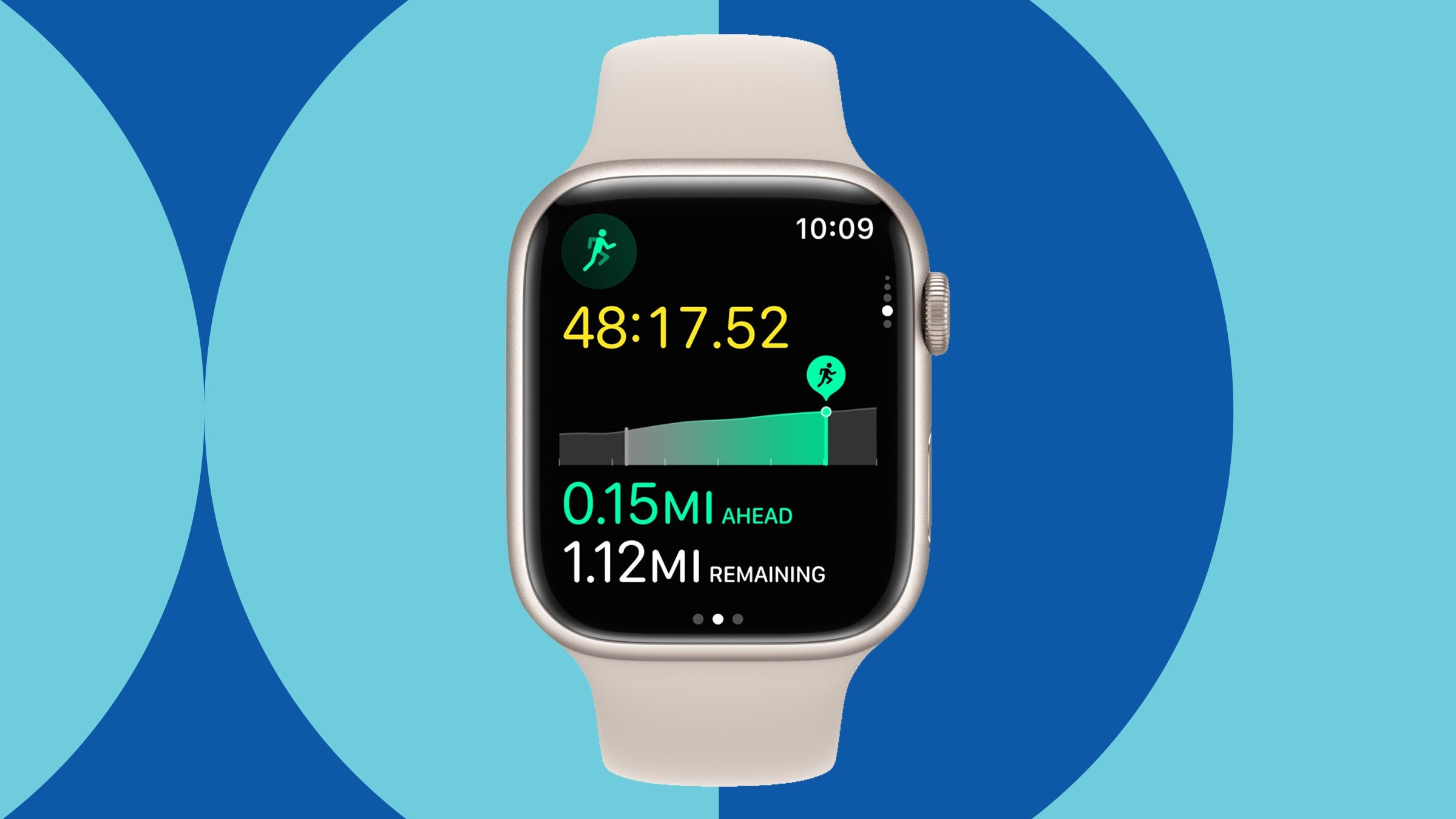Fitbit went back to basics with last year’s power 4 and reintroduced a Fitness Tracker with built-in GPS to its range after this hole had not been filled for many years. With the launch of the power 5 at 180 this year, the company is trying to modernize its most efficient group. It is thinner, lighter and less bulky than the power 4, and now has some features previously reserved for full-fledged smartwatches from Fitbit, Versa and Sense.

That means a 30 price increase, and beyond that, Fitbit hopes you’ll pay 10 each month to access your historical health data (and more) through Fitbit Premium. The power 5 certainly feels superior than the power 4, but those who prefer bands to smartwatches will find that most of the basic features remain the same — and you’ll have to decide if the benefits of Premium are really worth it.
Design
I was surprised at the difference that Fitbit made by updating the design of the power 5. It is 10% thinner than the previous version and has new rounded edges, and the module itself is made of stainless steel in a color that should complement the band choice you have chosen. It is less bulky on the wrist and its rounded edges ensure that the device does not stick out as much. If you wear the bracelet tight, the power 5 fits more on the wrist than the power 4, so it is less intrusive and more comfortable. The strap is also superior: The power 5 comes with a soft-touch strap that looks (and clings) almost like the Apple Watch’s sports straps.

The screen has also been updated: it is a 1.04-inch color AMOLED touchscreen that wakes up when you lift your wrist. It is by leaps and bounds superior than the power 4’s grayscale OLED display and brings the power 5 plus in line with Fitbit’s smartwatches.
It also has a new always-on feature that you can activate in the settings. It will automatically turn off at night if you have activated the sleep mode, but otherwise the watch and the dial will remain on all day if they are slightly grayed out. This obviously affects the battery life and Fitbit makes this clear.
However, with the added touchscreen, Fitbit has removed all the body catch’s from the power 5. You may think that the shiny chips on the long edges of the module are capacitive touch catchs, but this is not the matter-it is actually the electrodermal activity sensors (EDA) that allow stress monitoring. Although I didn’t have any problems with the touchscreen, it was a bit strange that I didn’t have a catch to go back, as I was used to the inductive side catch on the power 4.
New (and old) features
Fitbit has transferred some advanced features of its Sense smartwatch to the power 5, namely ECG measurements and EDA monitoring. The first one is coming “soon”, so I couldn’t test it, but the second one is similar to the EDA tool on Fitbit’s Smartwatch. Instead of covering the device’s screen with the palm of your hand, as with the Sense, the power 5 has two long sensors on the sides that you pinch and hold when you want to perform an EDA analysis.

At first, I didn’t know that you could change the duration of each scan, so I sat for three minutes in half-frustrated silence (mistreat, I know). The EDA sensor looks for changes in your skin that may be related to stress and reports at the end of the analysis the number of differences it has detected. The power 5 reported 18 incidents during my first session, probably reflecting my growing frustration with the tool when I used it.
The device screen counts down the remaining time of your scan, but does not display anything else. Fitbit used to have guided breathing exercises on its devices that guided you through a few minutes of breathing to calm you down. Fitbit still has meditation exercises available in its app (most are available via Premium, with only a few free), but I wish Fitbit had adopted this aspect in its EDA tool on the power 5. I’ve never felt much calmer after a Scan – if anything, taking a break from my busy day to let my fitness tracker tell me I might be stressed out without providing any help has annoyed me more than less.
Otherwise, the power 5 is very similar to the power 4, although all the features seem a little brighter thanks to the color display. The GPS was probably the most important thing on the power 4 and it remains solid on the power 5. The built-in sensor captured my location within seconds of starting a run, and my route was accurately mapped in the Fitbit app after syncing.
However, Fitbit has not added any other music-oriented features. In fact, he deleted some of them, which is disappointing. The power 4 had no built-in storage and only Spotify Premium subscribers could control playback from the screen. According to Fitbit, the data showed that customers did not use music controls much, so they also removed the Spotify Option. Although I understand the logic, I was disappointed every time I ran with the power 5 — I turned to my wrist to skip a track, only to immediately realize that I had to take my phone out of my fanny pack.



